Mike Cooter
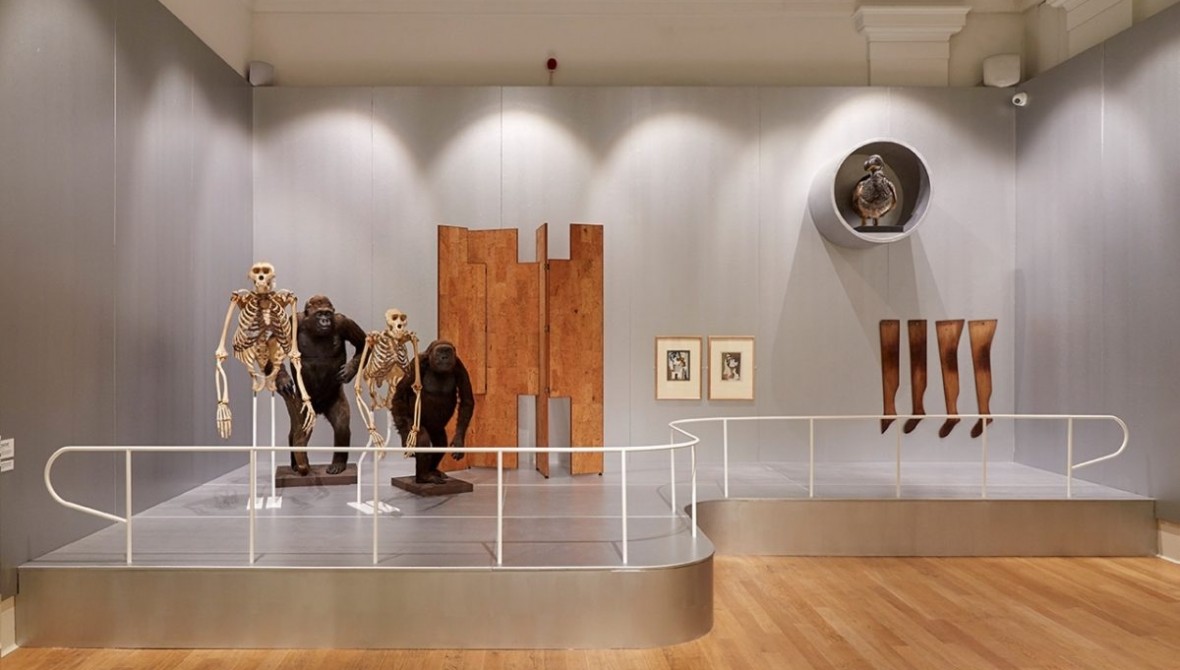
(Photo credit: Corey Bartle-Sanderson)
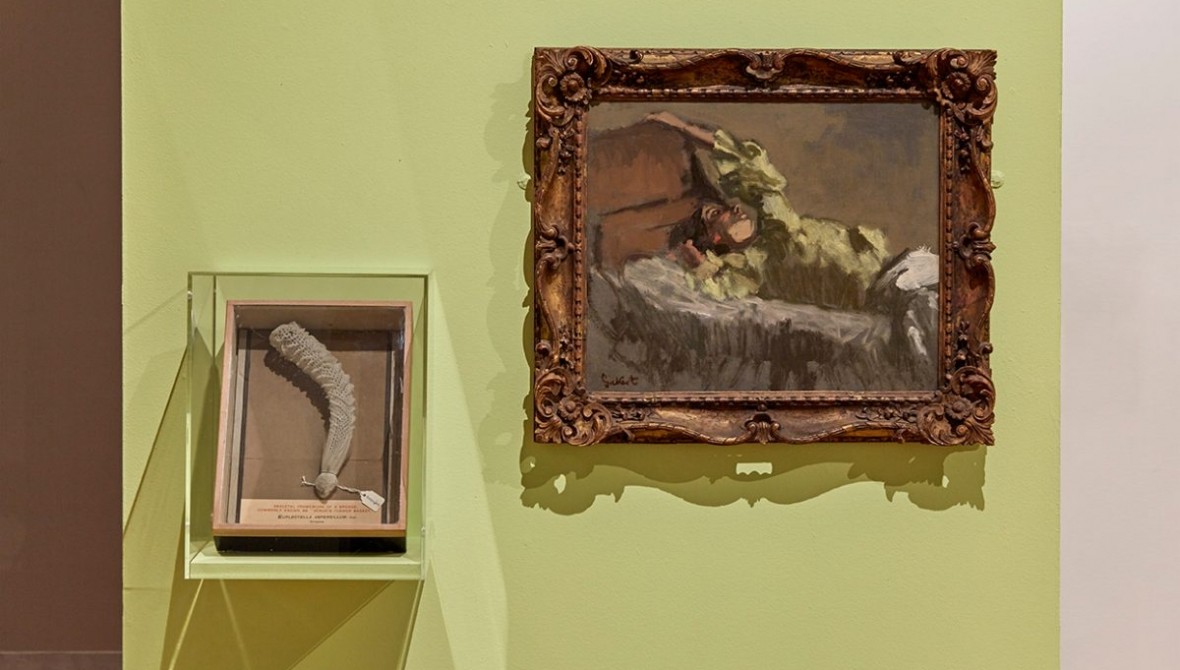
(Photo credit: Corey Bartle-Sanderson)
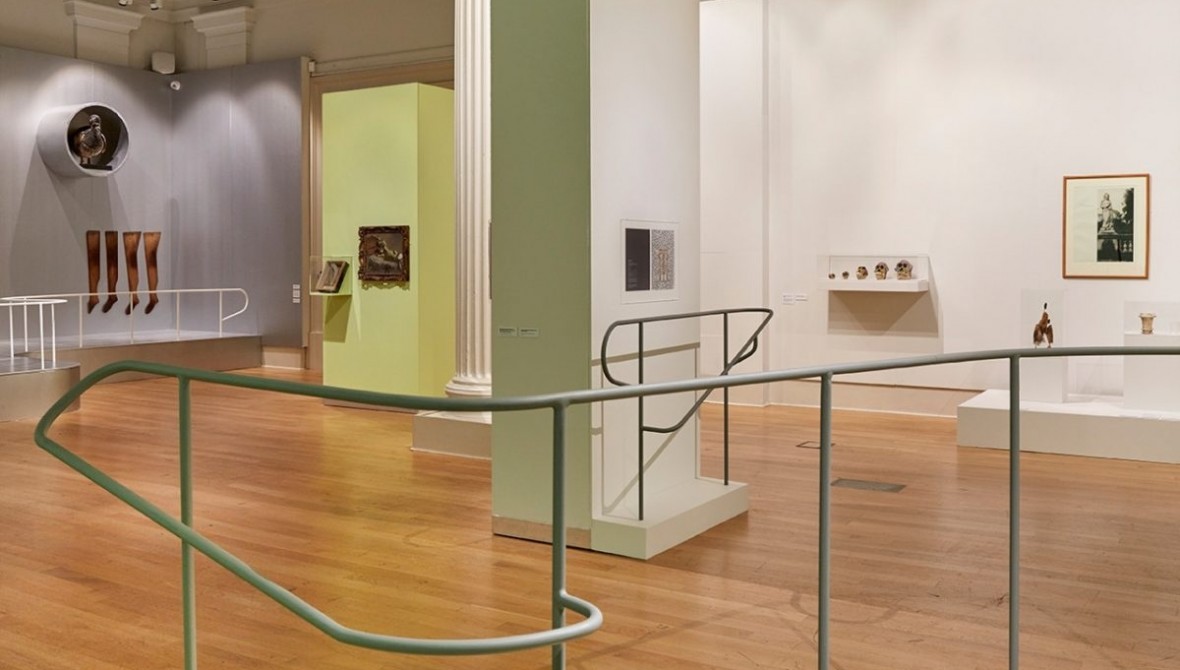
(Photo credit: Corey Bartle-Sanderson)
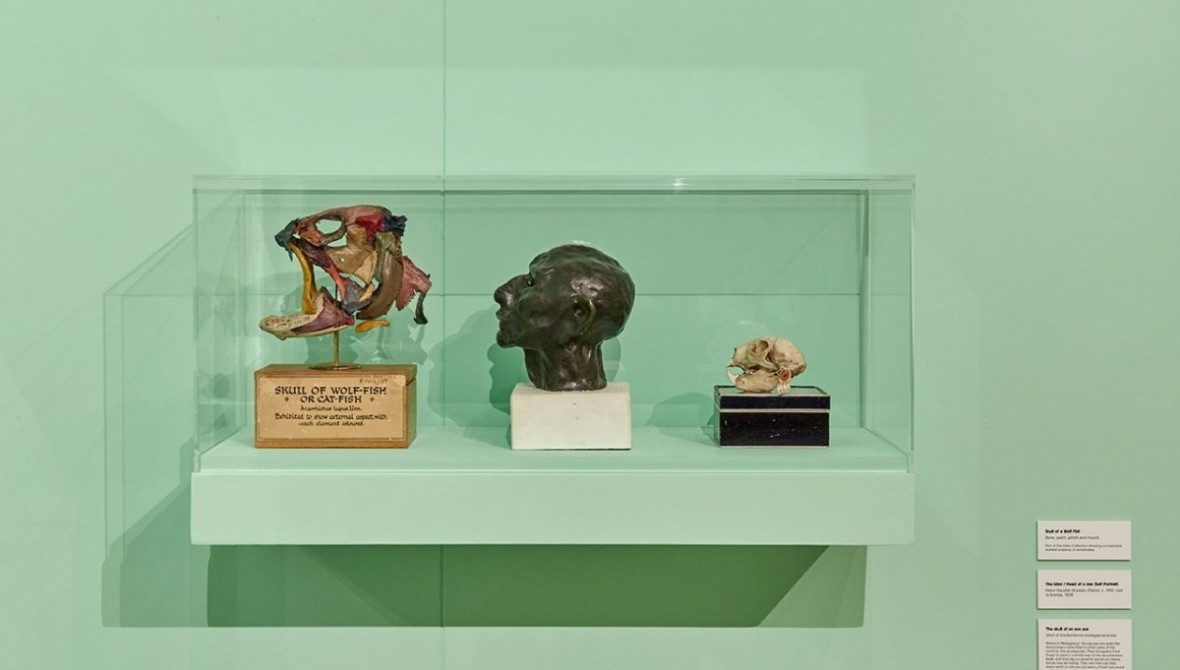
(Photo credit: Corey Bartle-Sanderson)
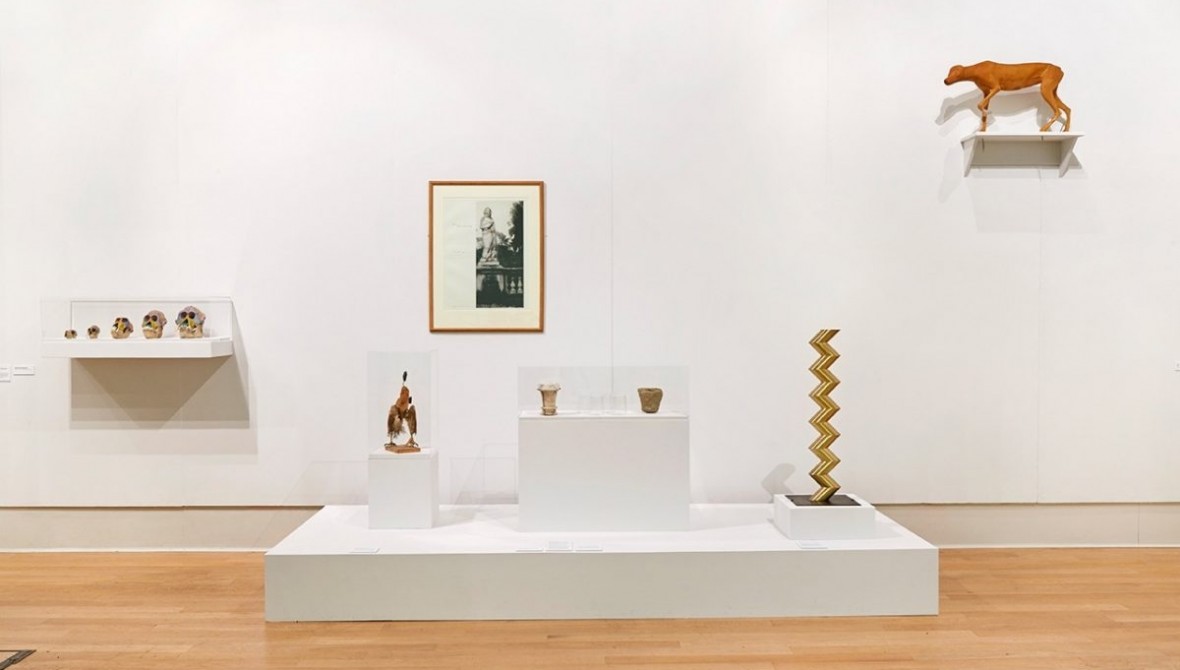
(Photo credit: Corey Bartle-Sanderson)
For The Object is Alive Mike Cooter curated The Mimic, the Model and the Dupe at Leicester's New Walk Gallery, which ran from 14th March-6th May 2018. This consisted of a number of works from the Leicester City Council collections (many of which are rarely on display), new works made for the occasion, a number of refabricated artefacts and loans, and the exhibition architecture itself. It began from two reference points: the ‘object theatre’ of Polish theatre director and artist Tadeusz Kantor (1915 – 1990), and the work of Leicester-born naturalist Henry Walter Bates (1825 – 1892). Through his research in the Amazon, and particularly by recording defensive adaptations among particular species of butterflies, Bates was to identify a specific form of mimicry in the natural world. The title of the exhibition refers to the relationship between predator, prey and mimic that ‘Batesian mimicry’ identifies. More broadly, research on mimicry in nature looks at the strategic formal alterations (in colour, shape, movement, sound) different species make in order to evade predators– a form of disguise, or of copying, analogous to theatre, or illusion and deceit.
The exhibition architecture and the objects within it were structured on a number of historical models, and particularly the work of three individuals who worked primarily in architecture – Eileen Gray, Frederick Kiesler and Sigurd Lewerentz. A collage by Gray from the museum collection suggested the floorplan, and a number of railings designed by Lewerentz – refabricated in part by using machinery in the industrial history collection – articulated the gallery space’s circulation.
The constellation of this exhibition related to the hopes that Kantor had with regards to his ‘object theatre’ – a form of drama in which objects would have the same status (and performative potential) as the humans that performed with them. Specifically: how a shoulder joint is articulated on a simple timber puppet defines its range of motion. Or, put another way, this ‘design’ determines the object’s structural potential – the range and type of interactions that might be generated by engaging with it. In this way, Kantor’s ‘Anti Exhibition’ (1963), an exhaustive display of preparatory materials that would lead up to the production of an artwork, but without the artwork itself, is seen to exhibit the engineering of the space for something to exist – all of the factors that determine a form, in this way shifting the focus away from a singular object towards all of the factors involved in creation.
The exhibition guided visitors to look at how things are structured, how formal concerns communicate across different disciplines, the relationship between infrastructure and superstructure, void and shell, inside and outside and everything in between.

